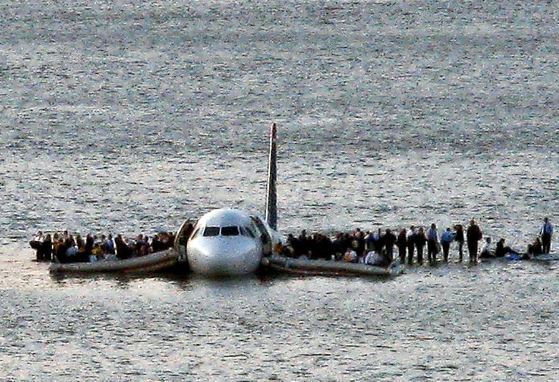Ten years have passed since the unforgettable incident on January 15, 2009, when Captain Chesley “Sully” Sullenberger became a hero overnight for his remarkable aviation feat, famously known as the “Miracle on the Hudson.” This awe-inspiring tale of expertise, calmness, and unity has captured the hearts and minds of people around the globe and stands as a lasting symbol of courage and professionalism.
Even after all this time, re-listening to the cockpit audio from US Airways Flight 1549 evokes a profound reaction. The composed yet authoritative tone of Captain Sully as he deftly navigated an unprecedented emergency situation serves as a powerful reminder of the ordeal and the bravery exhibited by all involved.
The Day of a Historic Aviation Event
On a crisp January afternoon in 2009, Flight 1549 set off from LaGuardia Airport in New York, headed for Charlotte, North Carolina. However, shortly after takeoff, a flock of Canadian geese struck the Airbus A320, resulting in the loss of thrust in both engines. Faced with dwindling options and time, Captain Sullenberger, alongside First Officer Jeffrey Skiles, confronted an urgent and life-threatening dilemma.
Recognizing their inability to safely return to LaGuardia or reach an alternative airport, Sully made the critical decision to glide the aircraft onto the Hudson River. What ensued was a textbook example of maintaining cool-headedness and quick thinking that preserved all 155 lives on board.
The Evocative Cockpit Exchange
The cockpit audio from that fateful day is as inspiring as it is spine-tingling. Sully’s steady demeanor shines through, even amid the high-stakes scenario.
“This is Cactus 1549. Hit birds. We’ve lost thrust in both engines. We’re heading back to LaGuardia,” Sullenberger reported to air traffic control. His calm, yet urgent voice conveyed the seriousness of their predicament.
Offered possible diversion routes, including a landing at Teterboro Airport in New Jersey, Sully calculated their trajectory and determined, “We can’t make it. We’re going into the Hudson.” This resolve, delivered with such clarity, deeply resonates to this day.
The recording fades out with the air traffic controller stating, “Cactus 1549, radar contact is lost.” What could easily have ended tragically unfolded into a testament to human resourcefulness and collaborative effort during the 208 seconds of descent that followed.
